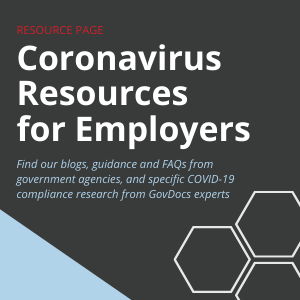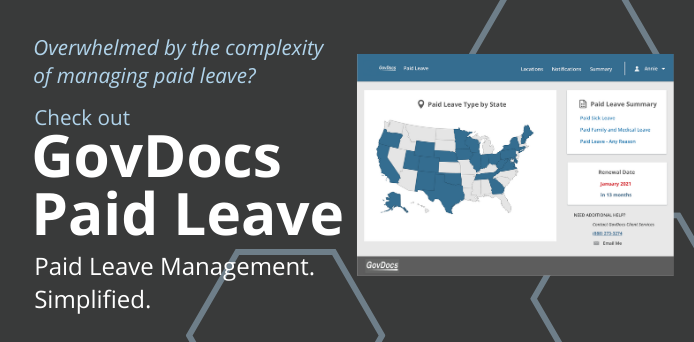EMPLOYMENT LAW NEWS
Colorado Voters Pass Paid Family and Medical Leave Law
By Kris Janisch
Published Nov. 4, 2020

Under Colorado’s new paid family and medical leave law, employees can begin using benefits starting in 2024.
Colorado voters passed a new paid family and medical leave law on Election Day 2020.
With about 57 percent of the vote in favor of Proposition 118, Colorado now joins eight other states and Washington, D.C., with a paid family and medical leave (PFML) law. The ballot initiative required a simple majority to pass.
It was the first time that voters have been asked to vote on a state paid leave law, similar to Florida and its minimum wage ballot initiative.
What Employers Need to Know About Paid Leave
Employees can begin using benefits starting in 2024. The new law will likely require a new labor law posting.
PFML in Colorado
Under Colorado’s PFML law, employers must provide 12 weeks of paid time off for the birth of a child and family emergencies, with an additional four weeks for pregnancy or childbirth complications. Other covered reasons for use include adoption, military service, and abuse and sexual assault.
It applies to nearly every employer in Colorado.
The law also requires job protection for employees and prohibits employer retaliation against workers who use PFML in Colorado. And local governments can opt out of the program.
Covered Relations
Colorado’s new PFML law is broad regarding covered relations, which include:
- Child, regardless of age, including foster and adopted children, and more
- Parent, including adopted, foster and more
- Spouses and domestic partners
- Grandparents
- Siblings
- Those deemed “like family”
Reasons for Use
Qualifying reasons for using PFLM in Colorado include:
- Serious health conditions
- Birth or adoption
- Military leave
- Safe leave for domestic violence and stalking incidents
Paid Leave Management. Simplified.
Benefits
Weekly benefits under the program are determined as follows:
- The portion of the covered individual’s weekly wage that is equal to or less than 50 percent of the state average weekly wage will be paid at 90 percent
- The portion of the covered individual’s weekly wage that is more than 50 percent of the state average weekly wage will be paid at 50 percent
- The maximum weekly benefit is 90 percent of the state average weekly wage
Funding
Start collecting fees from employees and employers in 2023, with benefits starting in 2024.
Colorado’s PFML is funded through a premium of 0.9 percent of each employee’s wages, up to a cap, through Dec. 31, 2024, and as set thereafter, up to 1.2 percent of each employee’s wages.
Companies with nine or fewer workers would not have to pay the employer half of the premium.
Paid Leave Nationwide
While Colorado put the decision of paid family and medical leave into the hands of voters, other jurisdictions across the U.S. have passed measures through their respective legislatures.
- California
- Connecticut
- Massachusetts
- New Jersey
- New York
- Oregon
- Rhode Island
- Washington
- Washington, D.C.
While not all are in effect, employers should keep an eye for these and other PFLM laws in the future.
This Employment Law News blog is intended for market awareness only, it is not to be used for legal advice or counsel.
Keep Informed
with GovDocs Labor Law News

What is GovDocs?
GovDocs simplifies employment law compliance for large, multi-jurisdiction employers in the U.S. and Canada. The GovDocs software platform integrates three solutions in one convenient place to help you master the employment laws impacting your business. Whether you manage a postings, minimum wage or paid leave program, our products cut through research time, provide proactive insights into the everchanging landscape of employment laws and reduce the risk of noncompliance. The company is headquartered in St. Paul, Minn.
Have fewer than 30 locations?
The GovDocs Poster Store simplifies posting compliance for employers with less than 30 locations across all industries, offering a variety of posting products to meet your labor law compliance needs.



